Thailand Road Signages

Stop sign |

Yield sign |

No access to cars |

No overtaking |

No entry |

No U-turn |

no left U-turn |

No left turn |

No right turn |

No changing to left lane |

No changing to right lane |

No right rurn nor right U-turn |

No Left Turn nor U-turn |
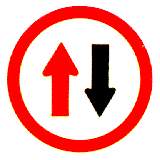
give way to oncoming traffic |

Closed to trucks |
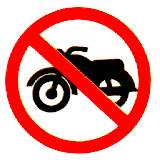
Closed to motorcycles |

No Trailers allowed |

Closed to Tuk – Tuks |
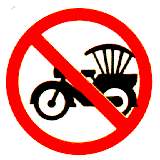 |

closed to bicycles |
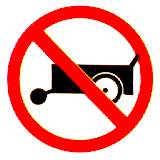
No push carts |

No agricultural vehicles |

Closed to motorized cycles |

closed to motorized vehicles |

Closed to bi- or tri-cycles |

No Ox carts |

No honking |

No pedestrians |

No parking |
 |
For thai Drivers and those who start to learn driving in Thailand
Rules and Regulation
- Drive on the left side of the road
- The legal age for driving cars is 18
- The legal age for riding a motorcycle up to 110cc is 15; 18 is the legal age for riding a motorcycle over 110cc
- It is compulsory for a driver to have their driving license and a copy of the vehicle registration document (Blue Book or Lem Tabian)
- Driving licenses from certain foreign countries are valid in Thailand.
- Every vehicle must have a tax sticker, which has to be renewed annually at the local Department of Land Transport Office (DLT)
- Every vehicle must have compulsory motor insurance (CMI)
- Wearing a seat belt in the front seat of a car is obligatory. Fines for not wearing a seat belt can be paid either at the local police station, or on the spot
- The blood alcohol limit is 0.5 mg, or 0.2 mg for drivers who have held their licenses for less than five years
- Speeding fines must be paid at the local police station
- Vehicles with red registration plates cannot be driven between the hours of 06:00-18:00
- Drivers may only use a mobile or cellular phones with a hands free system
Other things to take into account when driving in Thailand:
- Flashing of headlights by other vehicles is a warning signal meaning “get out of my way” and does not mean “you may make your maneuver”, as it does in some Western countries
- Drivers of larger vehicles may assume that smaller vehicles will give way
- Always check for motorbikes when opening car doors on the side of the road, as they frequently ride along the space between the road and the pavement
- It is not necessary for children to travel in special seats
- Anyone wishing to change the color of their car must inform the DLT, who will change the details in the registration book
- A frequently-used method of warning road users of a breakdown in the road ahead is to cover the road with tree branches
TRAFFIC SIGNS
Traffic signs – both warning and regulatory – are in Thai. Signs in tourist areas may feature English translations below the Thai words.
CAR TAX STICKER
All cars must display a tax sticker on the windscreen as proof that car tax has been paid. When a car is bought or sold the tax sticker remains on the window, and is valid until it expires regardless of who owns the car. Tax is paid annually at the local DLT office. To make the car tax payment, take the Blue Book and proof of Compulsory Motor Insurance (also known as CMI or Por Ror Bor).
Driving Instructor with Students

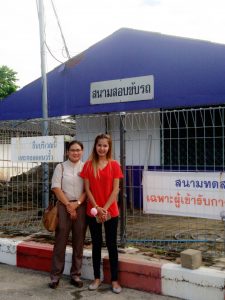


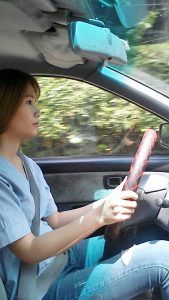




 English
English ไทย
ไทย